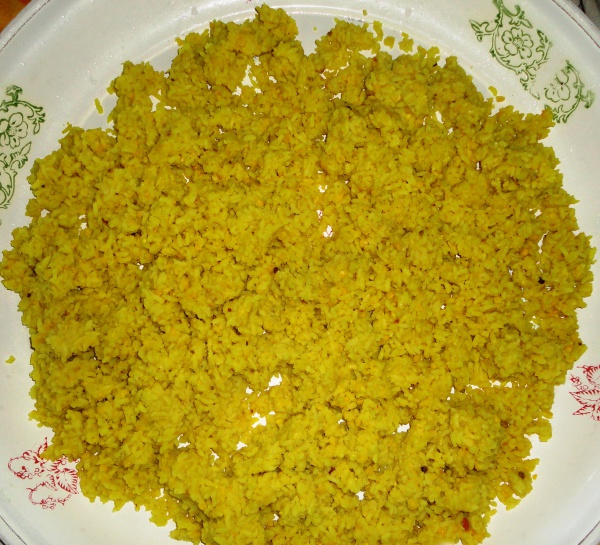Facts About Khichdi
Khichdi is a cherished traditional dish from South Asia, crafted primarily from rice and lentils. Numerous variations exist, including those made with bajra (pearl millet) and mung dal (split mung beans). In Indian culture, khichdi is often among the first solid foods given to babies. During fasting periods, Hindus frequently enjoy a special version called Sabudana Khichdi.
This humble dish has even left its mark on international cuisine, inspiring Anglo-Indian kedgeree and Egyptian koshary. The term "khichdi" originates from Sanskrit, and the dish has been savored since ancient times, gracing the tables of the Mughals and attracting travelers like the Russian adventurer Afanasiy Nikitin.
Khichdi displays considerable regional variation across the Indian subcontinent. In Bengal, it goes by the name Khichuri and is esteemed as a gourmet delicacy. In Gujarat, it is commonly served with a special yogurt-based sauce known as kadhi and accompanied by dishes such as Surati undhiyu. In Bihar, khichdi is often savored with ghee and an assortment of side dishes.
The dish enjoys popularity in Odisha, South India, and Pakistan as well. In Pakistan, it is a staple for infants and those with upset stomachs, thanks to its soft texture and mild flavor. Even in the Fiji Islands, khichdi is relished by both Indian and Fijian communities.
Intriguingly, khichdi stirred some controversy when Indian media suggested it as a candidate for the "national dish" a notion that drew ridicule from opposition politicians.
Khichdi has also found its way into popular culture, featuring in movies and TV shows such as "Khichdi: The Movie" and the "Khichdi" TV series. This versatile and iconic dish undoubtedly holds a special place in South Asian culinary traditions.

 India
India